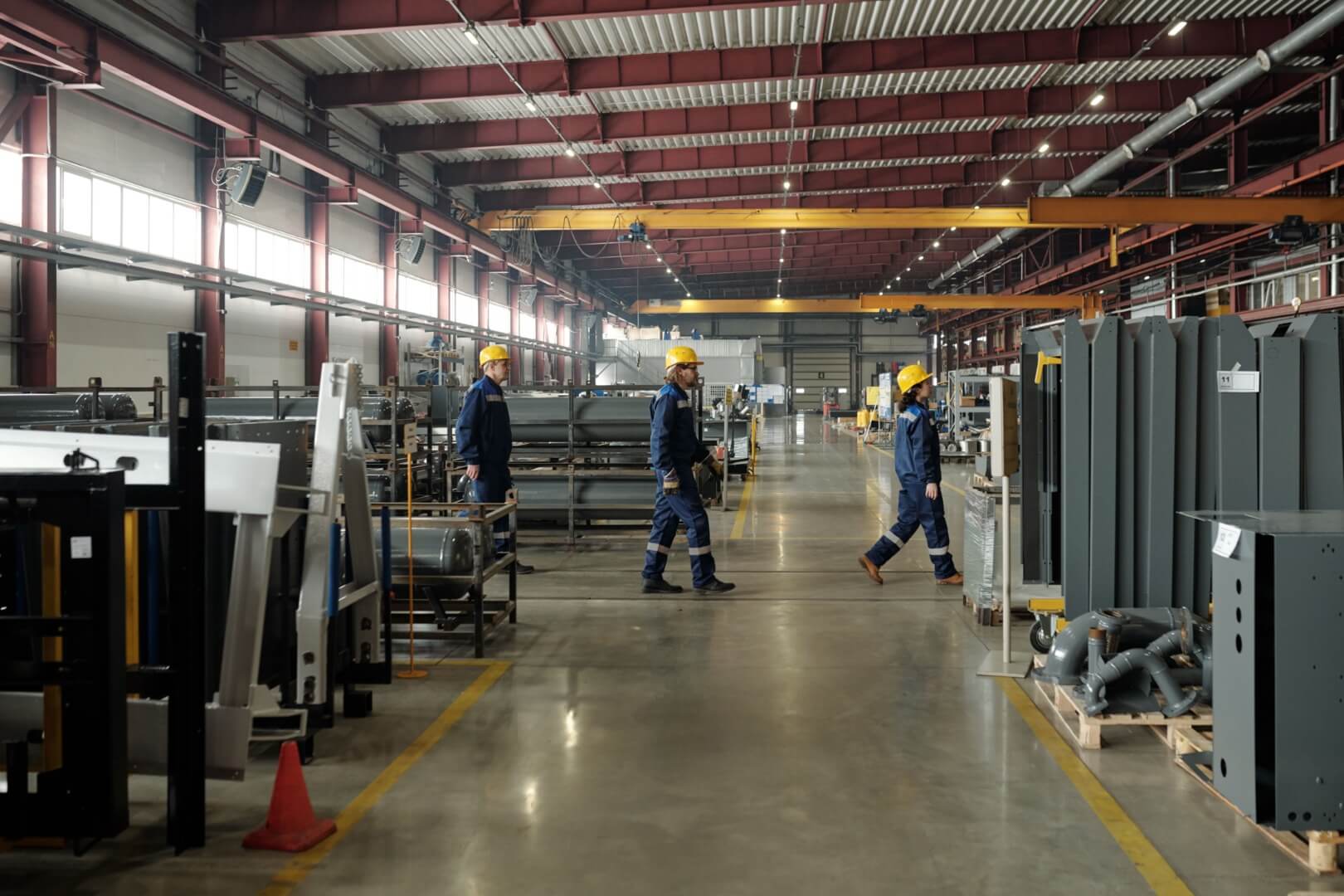Labor shortages are a growing challenge for businesses, especially as we approach 2025. With shifting workforce dynamics and increasing employee expectations, employers find themselves grappling with a smaller talent pool and mounting competition for skilled workers. But there’s good news—solutions do exist.
This guide will help you understand the root causes of labor shortages, their impacts on businesses, and, most importantly, actionable strategies to attract and retain employees, future-proof your operations, and ensure success in a competitive hiring landscape.
Understanding the Labor Shortage
Labor shortages in 2025 are not just coincidental but a result of various intertwined factors. By understanding these causes, employers can better prepare and adjust their strategies.
Why Are Labor Shortages Happening?
- Aging Workforce
With Baby Boomers retiring at a rapid pace, many industries are struggling to replace these experienced professionals. According to the U.S. Department of Labor, roughly 10,000 Baby Boomers retire each day—a trend that’s expected to continue.
- Skills Gap
Advancements in technology and automation have created a mismatch between available skills and job requirements. Many positions now require specialized skills that the current workforce struggles to meet.
- Changing Workforce Expectations
Employees today value flexibility, work-life balance, and career development more than previous generations. Companies that stick to traditional ways of working are missing out on talent.
- Demographic Shifts
Slower population growth in key economies means fewer workers are entering the labor force compared to those aging out.
The Magnitude of the Issue
A recent study by Korn Ferry anticipated that by 2030, there could be a global talent shortage of more than 85 million people. Employers need to act now to secure a competitive edge in attracting talent.
Impact on Businesses
Labor shortages affect businesses in more ways than one. Here’s what you need to know about the potential consequences.
Direct Impacts
- Rising Wages
A smaller talent pool means businesses must offer higher salaries to attract top talent. While this helps employees, it puts pressure on company budgets.
- Recruitment Delays
Open positions may remain unfilled for extended periods, leading to inefficiencies and missed opportunities.
Indirect Impacts
- Lower Employee Morale
Existing employees often face increased workloads due to understaffing, which can lead to burnout and dissatisfaction.
- Decreased Customer Satisfaction
Staffing shortages can lead to delays, errors, and poorer customer service, harming your business reputation.
Real-World Example
Retail giant Walmart experienced staffing shortages during the pandemic, leading to empty shelves and overworked employees. It responded by raising wages and offering additional benefits, showing the importance of strategic adjustments.
Strategies for Attracting and Retaining Talent
Winning the talent battle starts with making your business a magnet for top candidates. Here’s how to stand out:
1. Build a Thriving Company Culture
A positive workplace culture attracts and keeps employees. Celebrate diversity, encourage collaboration, and make employees feel valued.
2. Offer Competitive Benefits
Go beyond salary. Consider offering:
- Comprehensive health insurance
- Remote work opportunities
- Paid parental leave
- Employee wellness programs
3. Boost Engagement
Engaged employees are less likely to leave. Regular check-ins, recognition programs, and career growth opportunities can foster loyalty.
Innovative Hiring Practices
Thinking outside the box can yield better results. These non-traditional hiring approaches are worth considering:
1. Leverage Remote Work
By offering remote work options, you can tap into broader talent pools without geographic restrictions. Tools like Slack, Zoom, and project management software make virtual work seamless.
2. Explore Flexible Schedules
Many workers prioritize flexibility. By allowing alternative schedules (e.g., four-day workweeks), you become more appealing to candidates.
3. Tap into Alternative Talent Pools
- Retirees: Bring experienced professionals back into the workforce on flexible terms.
- Returning Parents: Offer support for parents re-entering the job market with flexible or hybrid arrangements.
4. Use Technology to Simplify Recruitment
AI-driven hiring platforms like Workday or LinkedIn Talent Solutions can help identify the best candidates quickly and efficiently.
Upskilling and Retraining
Rather than constantly searching for new talent, invest in developing the skills of your current workforce.
Benefits of Upskilling:
- Cost-Effective: Retraining current employees can cost less than onboarding new hires.
- Retention: Employees value career progression and are more likely to stay loyal to companies investing in their growth.
Training Resources:
- Partner with organizations like Coursera and Udacity to offer workshops.
- Create mentorship programs within your business to aid peer learning.
Leveraging Community and Educational Partnerships
Collaborating with local institutions and organizations can create a steady talent pipeline.
Build Relationships with Educational Institutions
- Apprenticeships: Work with colleges to offer on-the-job training for students.
- Internships: Introduce students to your company early, increasing your chances of retaining them after graduation.
Partner with Community Organizations
Partner with workforce development groups to scout untapped talent while supporting your local community.
Example
Toyota runs a highly successful partnership with technical colleges to train future workers, providing both education and employment opportunities.
Future-Proofing Your Business
Labor shortages are a long-term challenge. Adopting forward-thinking strategies today can minimize difficulties in the future.
Long-Term Workforce Planning
- Conduct regular workforce audits to assess future needs.
- Anticipate changes in your industry and adjust training programs accordingly.
Stay Adaptable
Adaptability is key to weathering labor challenges. Experiment with new technologies and flexible work models to keep pace.
Foster Innovation
Encourage an innovative environment where employees feel empowered to suggest process improvements. Innovation not only boosts morale but can also introduce efficient new practices.
Take Action to Address Labor Shortages
Labor shortages don’t have to hold your business back. By understanding the challenges, implementing smart strategies, and focusing on long-term adaptability, you can overcome these obstacles and build a thriving, future-ready workforce.
Start by assessing your hiring practices, investing in employee development, and considering innovative solutions like flexible work options. Taking proactive steps today will position your business for both resilience and growth tomorrow.




